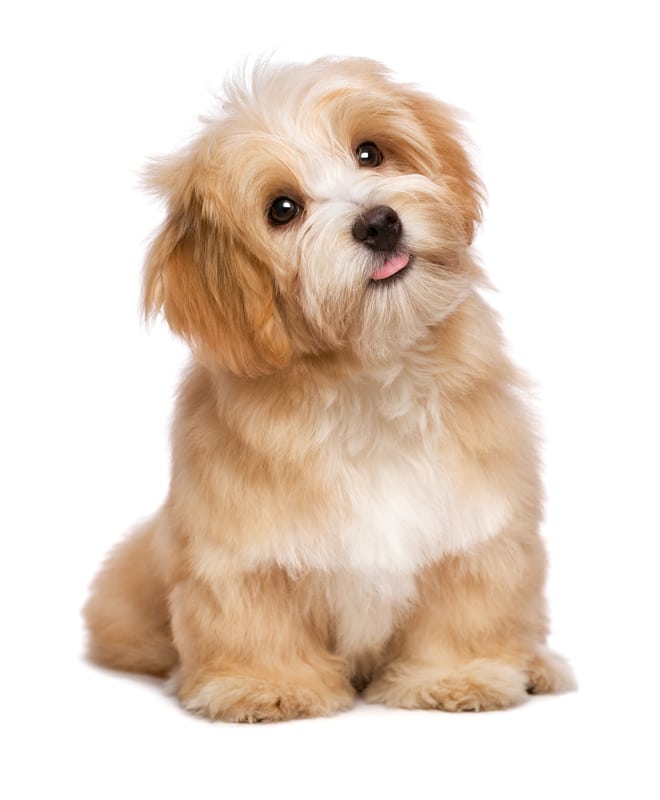

5 Tips to Train Your Puppy for Body Handling
When puppies are handled properly, they create a stronger bond between their owners and their pets. It can also be useful in emergency situations and vet visits, and will help ensure your pup’s health and wellbeing throughout his or her life. Here are some tips to train your puppy for body handling.
Puppy handling is an important part of how to train a puppy, as it instills trust between you and your beloved pet, creating a stronger bond. Body handling is a bit of a trust exercise because your puppy will learn you are trustworthy and will keep them safe, and causes the release of oxytocin (the “love” hormone) that calms your puppy every time you touch or pet them.
Training a puppy to trust human touch is also important, so they remain calm when you bring them outside or to the vet, instead of barking, growling, and whining all the time. When a dog feels threatened, they become offensive, which is not safe for you and the people around you.
It is why socializing puppies is crucial. It prevents sensitivity and reactivity in your puppy from an early age. There are numerous exercises you can do so your puppy begins to enjoy body handling, such as being touched, scratched, rubbed, or squeezed.
You need to also expose your puppy to all kinds of situations and environments you plan to expose it to in the future. These include introducing the puppy to different types of people, objects, and places you will frequent, especially the park, the vet, and a grooming salon.
Here are some training tips useful in training your puppy for body handling:
1. Tips To Train Your Puppy For Body Handling
1.1 Start Training When Your Puppy Is Relaxed
You need to gauge the comfort level of your puppy before you start training. You don’t want your puppy stressed because the training won’t be effective. It is especially true if you are handling an older puppy or dog that has experienced aggression in the past.
If you force a puppy with body handling, it will just away or, worse, be aggressive towards you. Establish that you are merely saying hello and being friendly. You can use a dog toy or treat every time it allows to be touched.
1.2 Train Your Puppy with Your Touch First Before Exposing It to Others
Start body handling exercises by yourself first before socializing your dog with other people.
Even if your puppy is already comfortable with your touch, it can still feel stressed with other people.
Try touching its spine or shoulder gently, then praise it, give its favorite toy, or hand it a treat. The puppy will quickly learn to accept and even enjoy being touched the next time you expose it to other people.
1.3 Be Consistent with Your Training Schedule
You need to have a consistent time for handling training. Do it several times during the day for a few minutes, so the puppy can get used to socializing more and more. You can also try a puppy-training class that focuses on socialization.
1.4 Gradually Handle the Puppy’s Whole Body
Once you get your puppy comfortable, try touching it in other parts of its body. Spend a few minutes on a body part before proceeding to the next.
The goal is to move across the puppy’s face gently, from its face to its ears, then maybe towards its tummy. You can also focus on training the puppy by lifting its muzzle so it will begin to allow you to check or brush its teeth.
Don’t get too close to the puppy’s tail, as it will intuitively be defensive to protect its genital area. To give your puppy a full-body exercise, gently hug it, calmly restrain it, and applying the least amount of pressure possible. It will be very helpful so you can calm your puppy when it gets riled up in the presence of other people.
1.5 Give Extra Attention After Handling
It’s important that you give your puppy extra attention after handling so she can associate good things with it. For example, take her outside and give her a treat, which is known as a positive-reinforcement exercise. This will further teach your puppy that being handled is a good thing. If your dog gets overstimulated during body handling, pause and take a break from it or switch to practicing restraint techniques instead. You want your pup to be comfortable with each step of training before moving on to the next one, since doing otherwise could stress her out and make her fear being handled in general.
2. Conclusion
Changing a dog’s negative association with desensitized conditioning takes time. If you move too fast, your puppy will be more traumatized, so you need to do handling exercises depending on the puppy’s readiness.
If you see body language such as growling, barking, whining, excessive drooling, heavy panting, shaking, licking its lips, yawning, pause the exercises. Take a walk with your puppy to distract it from stress, and try the handling exercises again at another time.
When you are handling your puppy consistently with a lot of care and affection, it will be able to allow other people to touch it without being stressed at all.
At The Pets People, we provide practical tips on how to train a puppy and other suggestions and advice on subjects like adoption, understanding behavior, training, product reviews, and all facets of pet health care. We provide comprehensive content on pet animals such as cats, dogs, puppies, kittens, and small pet critters. Our group includes writers, independent consultants, and advisers from the pets sector to offer informative articles filled with valuable insights. Visit our website today!
Discover how to create a joyful, healthy home for your pet.
Subscribe to your weekly rundown of practice, real life ideas and training tips straight to your inbox.


